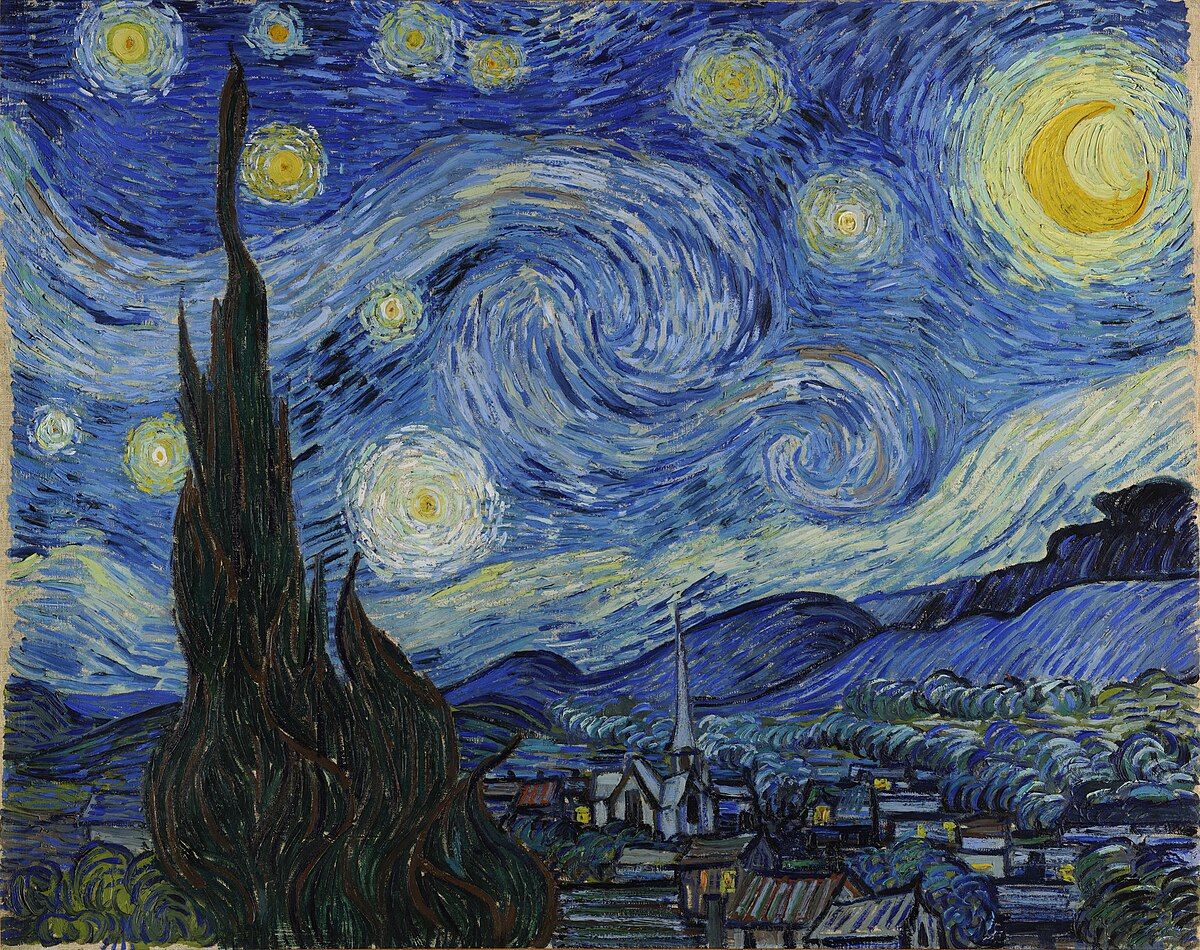Art, as a medium of expression, transcends geographical boundaries, speaking a universal language that resonates across cultures and eras. Within the annals of art history, certain paintings have etched themselves into the collective consciousness, becoming iconic symbols of creativity, emotion, and innovation. In this exposition, we embark on a journey across the globe, diving into ten famous paintings that have left an indelible mark on the canvas of artistic achievement.
1. Mona Lisa by Leonardo da Vinci

The Mona Lisa, an enigmatic portrait by Leonardo da Vinci, captivates viewers with her enigmatic smile and penetrating gaze. Painted during the Renaissance, the artist’s mastery of sfumato—a technique that creates soft transitions between colors and tones—adds depth and realism to her features. This painting’s allure lies in its mysterious aura, as viewers ponder over the identity of the subject and the secrets concealed within her expression.
2. Starry Night by Vincent van Gogh
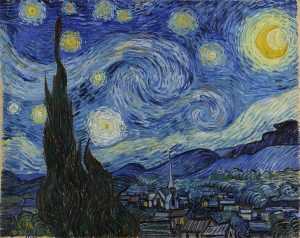
Vincent van Gogh’s Starry Night is a vivid testament to the artist’s emotional turmoil and profound connection to nature. The swirling sky, ablaze with vibrant hues and a luminous moon, encapsulates the turbulence of Van Gogh’s inner world. This post-impressionist masterpiece exemplifies the power of art to evoke emotions beyond the realm of reality.
3. The Persistence of Memory by Salvador Dalí
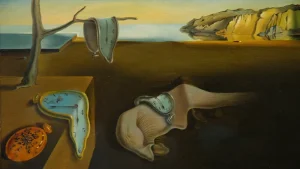
Salvador Dalí’s surreal masterpiece, The Persistence of Memory, challenges conventional notions of time and reality. The melting clocks draped over barren landscapes evoke a dreamlike state, inviting contemplation on the fluidity of time and the boundaries between the conscious and subconscious mind.
4. The Birth of Venus by Sandro Botticelli

Sandro Botticelli’s The Birth of Venus embodies the elegance and grace of the early Renaissance. The mythological goddess emerging from the sea encapsulates purity and beauty, while the harmonious composition and delicate brushwork exemplify the artistic ideals of the period.
5. Guernica by Pablo Picasso

Pablo Picasso’s Guernica stands as a poignant anti-war statement, capturing the horrors of the Spanish Civil War. Executed in monochromatic tones, the painting’s fragmented forms and anguished figures reflect the chaos and devastation of conflict, sparking contemplation on the price of human suffering.
6. Girl with a Pearl Earring by Johannes Vermeer

Johannes Vermeer’s Girl with a Pearl Earring is a testament to the artist’s meticulous attention to detail and mastery of light. The subject’s enigmatic gaze and the luminous pearl earring draw viewers into an intimate moment frozen in time, demonstrating Vermeer’s ability to elevate the ordinary to the extraordinary.
7. The Scream by Edvard Munch
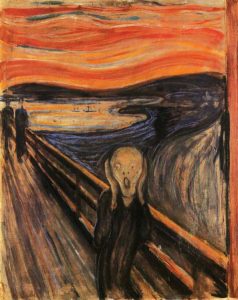
Edvard Munch’s iconic masterpiece, The Scream, conveys existential angst and emotional distress. The figure’s distorted features and the swirling, vividly colored sky symbolize the artist’s inner turmoil and his meditation on the human condition.
8. The Kiss by Gustav Klimt

Gustav Klimt’s The Kiss is an opulent display of symbolism and sensuality, characterized by intricate patterns and a rich color palette. The embrace of the couple is adorned with gold leaf, exuding an aura of both earthly and spiritual love, transcending the boundaries of time and space.
9. The Last Supper by Leonardo da Vinci
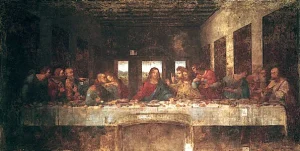
Leonardo da Vinci’s The Last Supper is a pinnacle of Renaissance art, depicting the emotional intensity of the moment Jesus reveals his impending betrayal. The use of perspective and composition creates a dynamic scene that invites viewers to contemplate the psychological and spiritual dimensions of the event.
10. Les Demoiselles d’Avignon by Pablo Picasso

Pablo Picasso’s Les Demoiselles d’Avignon shattered conventional artistic norms with its radical departure from traditional depictions of the female form. The painting’s angular and distorted figures, influenced by African and Iberian art, mark a seminal moment in the birth of Cubism, altering the trajectory of modern art.
As we traverse the diverse tapestry of these iconic paintings, it becomes apparent that each artwork encapsulates a distinct facet of human experience, pushing the boundaries of creativity and challenging prevailing norms. These paintings transcend time, inviting us to ponder the complexities of existence, the power of emotion, and the eternal resonance of art across the global landscape.

